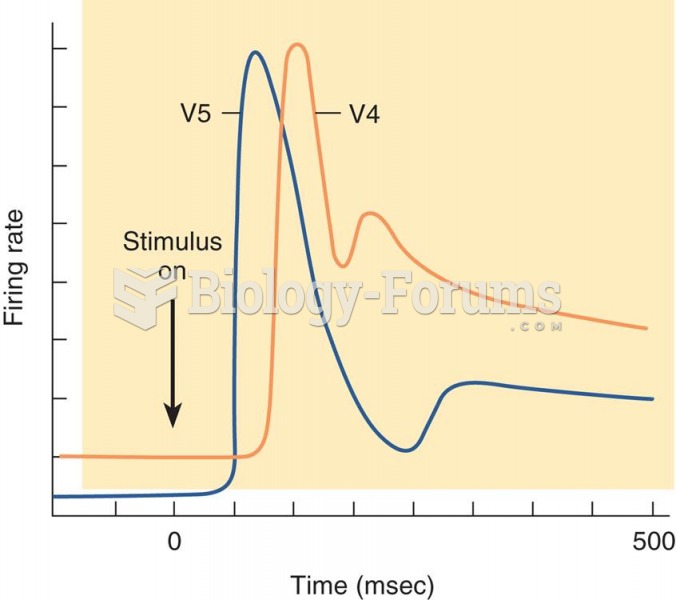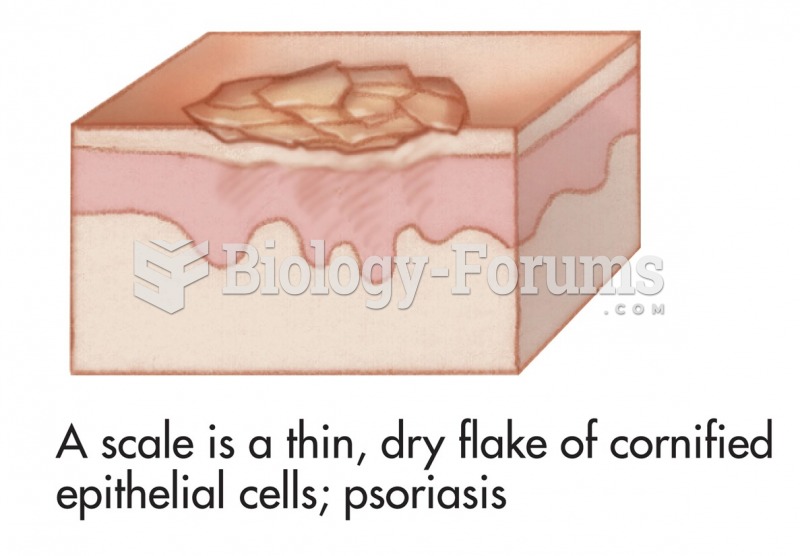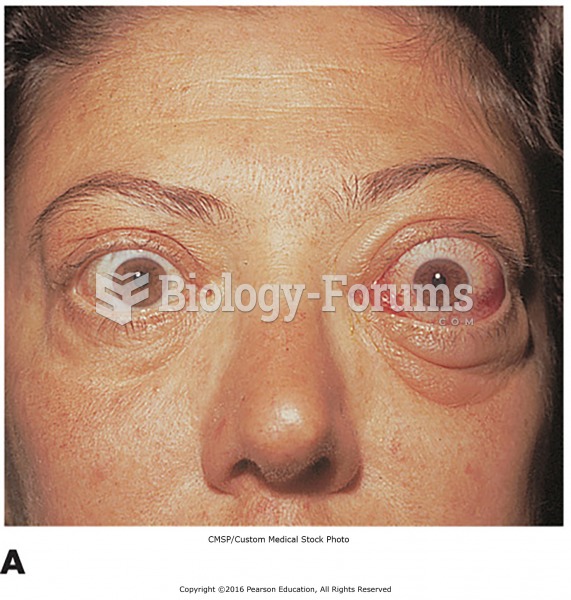|
|
|
The B-complex vitamins and vitamin C are not stored in the body and must be replaced each day.
Blastomycosis is often misdiagnosed, resulting in tragic outcomes. It is caused by a fungus living in moist soil, in wooded areas of the United States and Canada. If inhaled, the fungus can cause mild breathing problems that may worsen and cause serious illness and even death.
The longest a person has survived after a heart transplant is 24 years.
The Centers for Disease Control and Prevention (CDC) was originally known as the Communicable Disease Center, which was formed to fight malaria. It was originally headquartered in Atlanta, Georgia, since the Southern states faced the worst threat from malaria.
More than nineteen million Americans carry the factor V gene that causes blood clots, pulmonary embolism, and heart disease.







